Highasakite Interview – Camp Echo
After huge critical acclaim for 2014 album, Silent Treatment, Norwegian indie-rock band Highasakite returned recently with a third album, Camp Echo. MusicTech gained unique studio access to the recording via band members Trond Bersu and Kristoffer Lo and the album’s co-producer, Kåre Christoffer Vestrheim… All photography by Yngvlid Sve Flikke Highasakite – Ingrid Helene Håvik […]
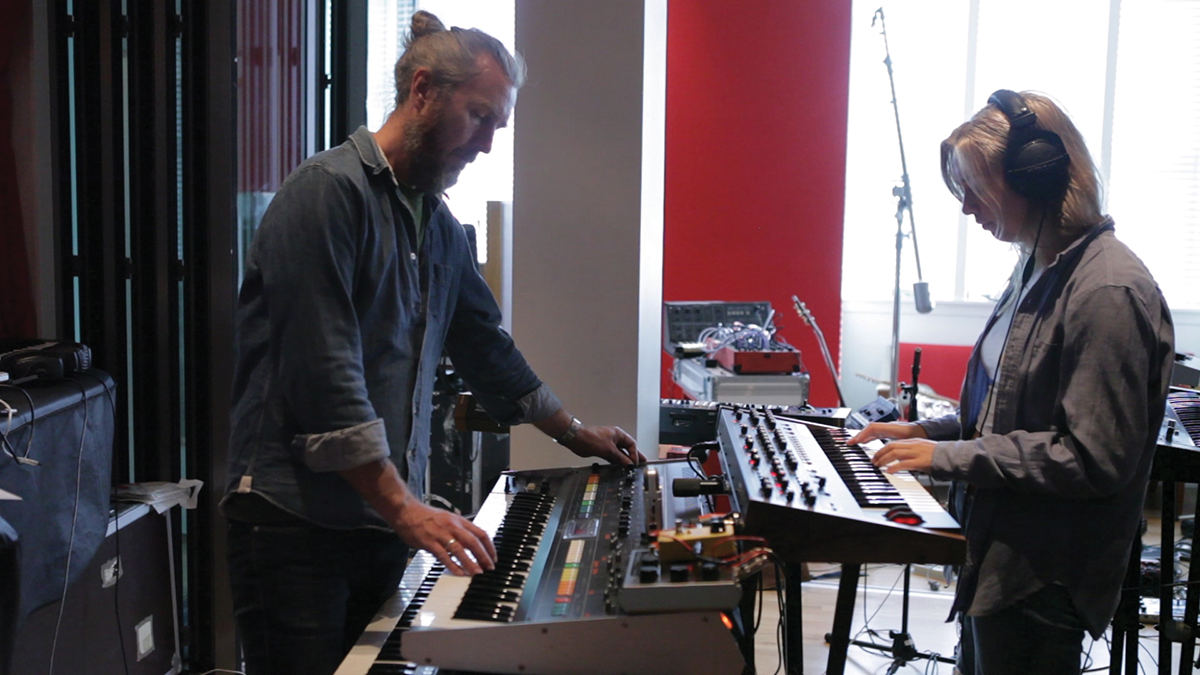
After huge critical acclaim for 2014 album, Silent Treatment, Norwegian indie-rock band Highasakite returned recently with a third album, Camp Echo. MusicTech gained unique studio access to the recording via band members Trond Bersu and Kristoffer Lo and the album’s co-producer, Kåre Christoffer Vestrheim…
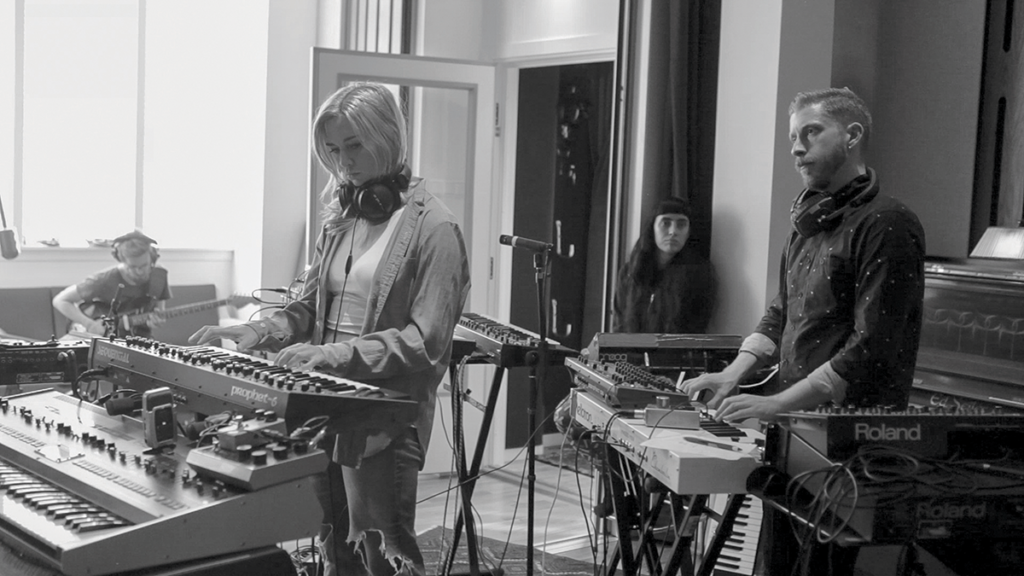
All photography by Yngvlid Sve Flikke
Highasakite – Ingrid Helene Håvik (vocals), Trond Bersu (drums), Øystein Skar (synths), Marte Eberson (synths) and Kristoffer Lo (guitar, percussion and flugabone) – have a unique sound that mixes traditional and technological instruments.
It’s quickly led to them becoming one of the biggest names on the indie rock and pop scene. The band’s second album, Silent Treatment, spent no less than 40 weeks in their home charts and won them two Norwegian Grammies (Pop Group Of The Year and Composer Of The Year). They‘ve since spent a couple of years touring around the world headlining and supporting some huge names, including Of Monsters And Men and London Grammar.
MusicTech caught up with Trond and Kristoffer plus co-producer Kåre Christoffer Vestrheim as they put the finishing touches to their third album, Camp Echo.
MusicTech: When you go into the studio as a band to record, do you have a plan or philosophy?
Trond: I think individually, we are five people with strong musical voices, but when we mix that together, we end up with the sound of Highasakite. I´m inspired by new production methods and always try to challenge myself, and always move forward.
For the new album, I programmed all of the drum parts in Ableton, and used some drum machines and synths. Mostly Elektron Machinedrum, Casio Rapman and samples in Ableton.
The video for Highasakite’s Someone Who’ll Get It single released in May 2016Kåre: Mike [Hartung, co-owner of Propeller Music Division studio in which the album was recorded] and I have always been extremely strict about what leaves our studio. We spend thousands of hours tweaking the productions, so it’s always as great as we can possibly get it.
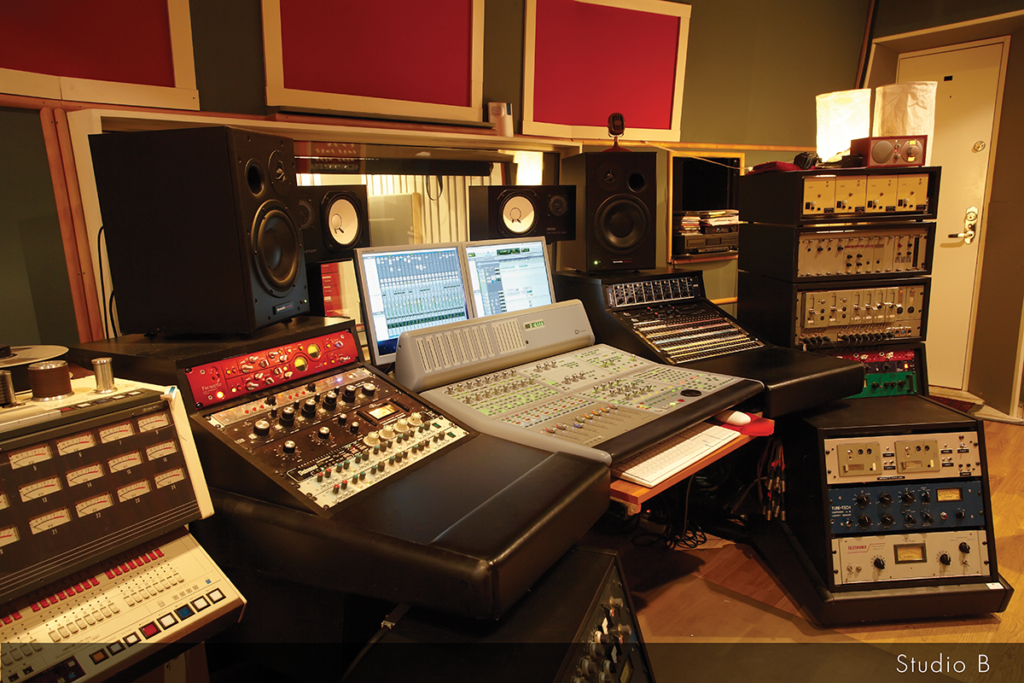
Trond: I think our sound has changed a bit since the first album (All That Floats Will Rain). Back then, we used a lot of acoustic instruments like a zither harp, lots of percussion, bass and guitars. Now everything has become much more electronic, but I still feel we have kept the sound of Highasakite, somehow.
The sound of the electronic instruments still has an organic element to it, and we’re spending a lot of time trying to find the right sample for our sound for the song.
MT: What about specific areas – what do you each bring to the recording?
Trond: As a drummer, I think it’s cool to think of the drums as a melodic instrument. Trying to find drum parts that almost could be a song by themselves. I use lots of toms and samples to fit the harmony of the song.
Kåre: It’s important for me that the music has layers and depth, new stuff to discover every time you listen to the track. Even in very sparse, orchestrated pieces, I try to have something that’s a bit out of the ordinary. At the same time, I am especially focused on keeping the vocal in the spotlight – both sonically and in the performance. The person fronting the band has to connect with the listener.
MT: Kåre, how do you see your role during the recording process?
Kåre: One of my favourite things about studio work is the creative freedom to experiment. I love making sounds that I’ve never heard before. I see all the synths, guitars, xylophones, effect boxes and all the other instruments in the studio as one big orchestra – blending them together in new ways often makes a production unique-sounding. I hardly ever use presets. Sonology is very important to me.
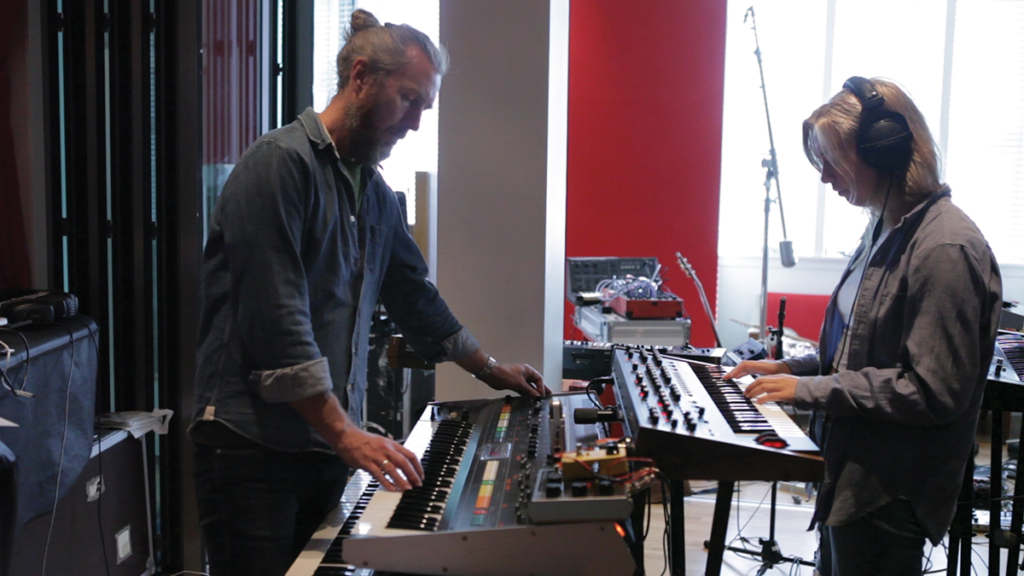
What function do the different parts, instruments and dynamics have in the bigger picture of a whole song, and in the even bigger picture of a whole album? Sculpting the song, the arrangement, the sound and the performance is a large part of what I do.
Highasakite Gear Setup
MT: Tell us about the gear setup in the studio?
Kåre: Propeller Music Division is a modern multi-room studio complex with a large recording room, a surround mixing room, two smaller mix rooms, a composition room and a world-class mastering studio. That didn’t happen overnight. Our first studio was a tiny room located down a dark driveway, in an abandoned building known as The Chocolate Factory.
It was from those humble beginnings that we managed to eke out some of Norway’s most popular albums of the time. When the building was finally condemned, we were forced to find a new location, which is where we have been for the last 12 years – an old mill from 1857.
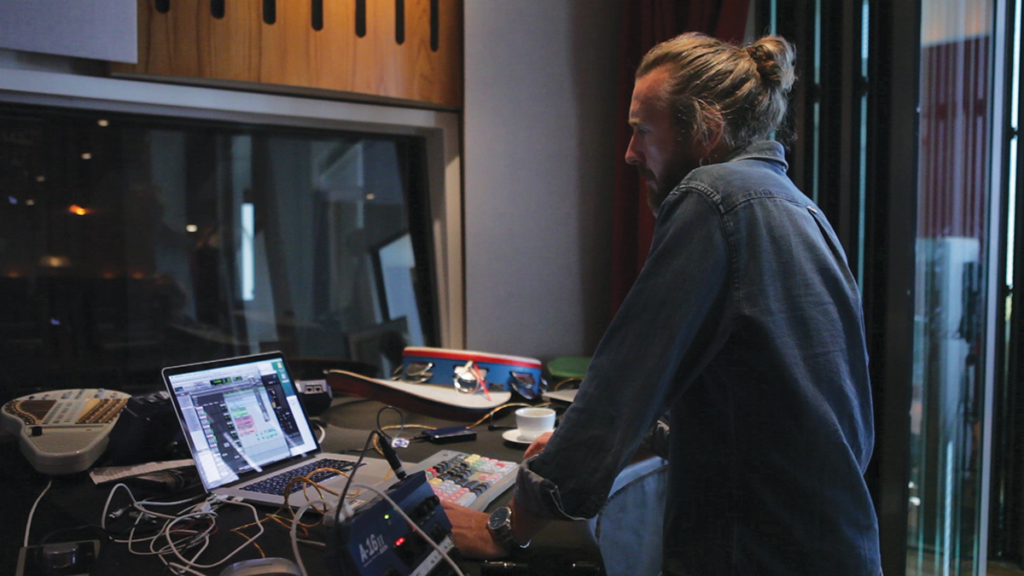
We don’t have any equipment that is THAT old, but we have been collecting old, vintage and fun stuff since our earliest days. We also build mic-pres, EQs and compressors ourselves. Sometimes, you need something extravagant, vibe-y and vintage, and sometimes you need something that sounds beautifully crap. We work in Pro Tools, but from time to time, we also do the tracking on our 24-track two-inch machine. It’s great fun and a great sound!
Trond: The gear I used for the new Highasakite album was Ableton Live and Ableton Push, Elektron Machinedrum, Casio Rapman, Roland SPD-SX and some live percussion. When I’m producing music for others and myself, I also use the Access Virus TI2 synth, and Sylenth a lot. I think Native Instruments and Vengeance have some nice drum-sample packs for electronic music, but I think you should mix that with some organic drum machines and tweak the sounds a bit, so it becomes more organic.
Kristoffer: Being a guitar and horn player, those instruments are always very close when I’m working in the studio. I haven’t yet found my way into working with synths as a creative tool in the studio. I still like acoustic instruments a lot, which is okay, since we have two amazing synth players in Highasakite. One of my favourite creative tools in the studio is a reed organ, or a pump organ. I love the way it can drone away.
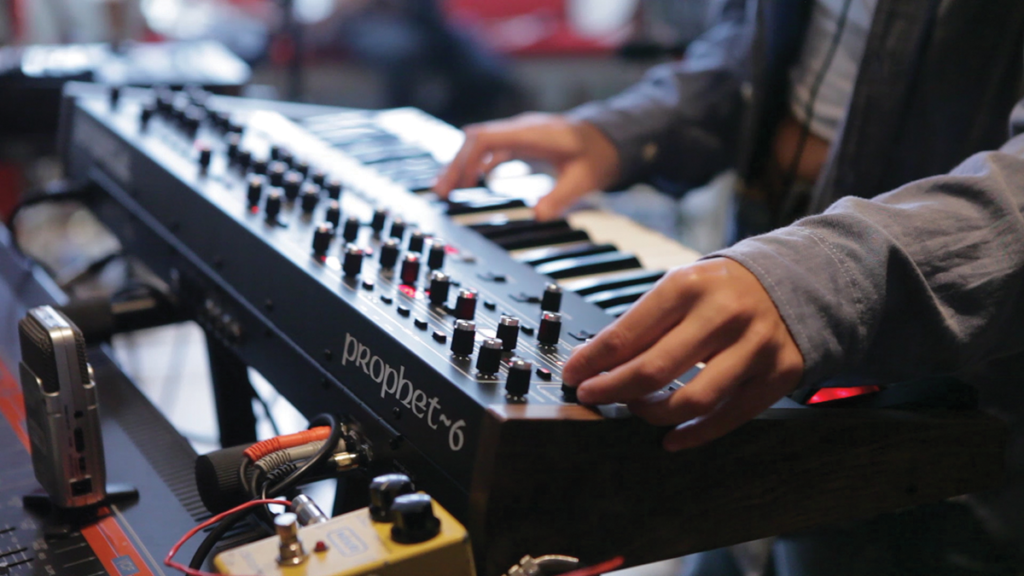
On the Camp Echo album, my main guitar was a Fender Bass VI. Most of the guitars are actually done directly into Pro Tools, skipping the amp. We just liked the sound of it for this album. And, of course, a bunch of effects like harmonisers, repeaters, distortions… basically, anything that can make the guitar sound a bit different.
We had some fun in the studio recording a dulcimer for the song My Own Disease. Kåre has one lying around at Propeller Studios, so I tuned it and turned out pretty cool. You can emulate all kinds of things using samples and plug-ins, but nothing beats the real deal!
MT: Do you have any specific outboard gear that you use, or want to use?
Trond: I really love the Soundtoys stuff, Valhalla Shimmer as a crazy reverb and I think that Ableton is the most creative software out there! You can easily do whatever you want, and it’s so hands-on.
I don’t have a lot of outboard stuff, but I really want some nice compressors and preamps! On the other side, it’s nice to be able to work on production wherever you are in the world with a laptop.
Kristoffer: I’m an outboard sucker. I like to put a bunch of pedals between my guitar (or horn) and amp, instead of doing the effects later in the process. I also like to have outboard preamps and EQs, just to get feeling of tweaking something with your fingers. For the Camp Echo album, my Eventide PitchFactor, MASF Repeater and Electro-Harmonix Memory Man was present almost all the time. But, it’s always fun to play around with Soundtoys.
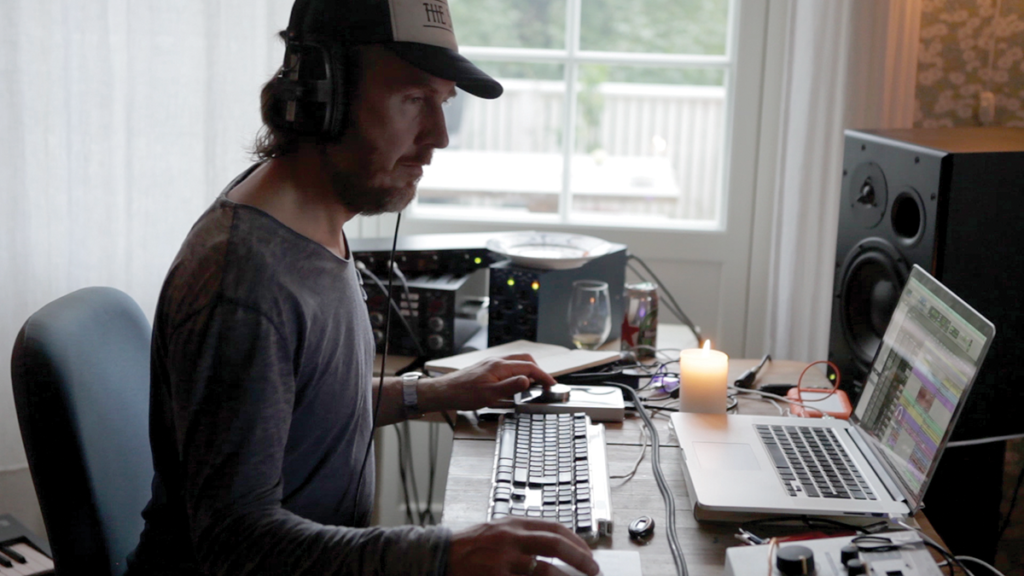
Kåre: We tend to spend a lot of time on sound before it goes into the computer. Which means using all sorts of stompboxes and vintage stuff to create the sound we’re seeking. I love tracking through a Telefunken V76 or a Neve 1081 or 1073. Tube-Tech CL 1B is usually also in the chain somewhere. On Highaskite singer Ingrid’s voice, we use a plain-old Shure SM7 through the 1081, with minor EQ and the CL 1B.
We have a great selection of keys in the studio, from Mellotron to Jupiter-8, Prophet and SidStation – all colourful in their own way. In the box, it’s common for us to use Echoboy and Altiverb, plus we have great packages from Waves, FabFilter, iZotope, Steven Slate and Brainworks that are all used on a daily basis.
MT: What is on your wishlist, studio gear-wise?
Trond: Some Neve 1073 pre amps, the Roland SH-101 synth and a nice pair of monitors, like the Barefoot MicroMain 27.
Kristoffer: I would love to have some more preamps and maybe a nice ‘lunchbox’. We just made some DIY Neve preamps and some DIY UA 1176 compressors that are working great. An API 512c maybe. And some more microphones would be fun. Right now, I’m using a Pearlman TM-2, Coles 4038 and the Sennheiser MD 421 a lot, but it would be nice to have a Neumann U 68, this after all being a wishlist.
Kåre: Right now, I’m looking for a 16-track two-inch tape machine and a smaller vintage console to do smaller tracking sessions. After working on mega productions like the Highaskite album with hundreds of tracks, having only 16 starts to sound very attractive. You have to commit!
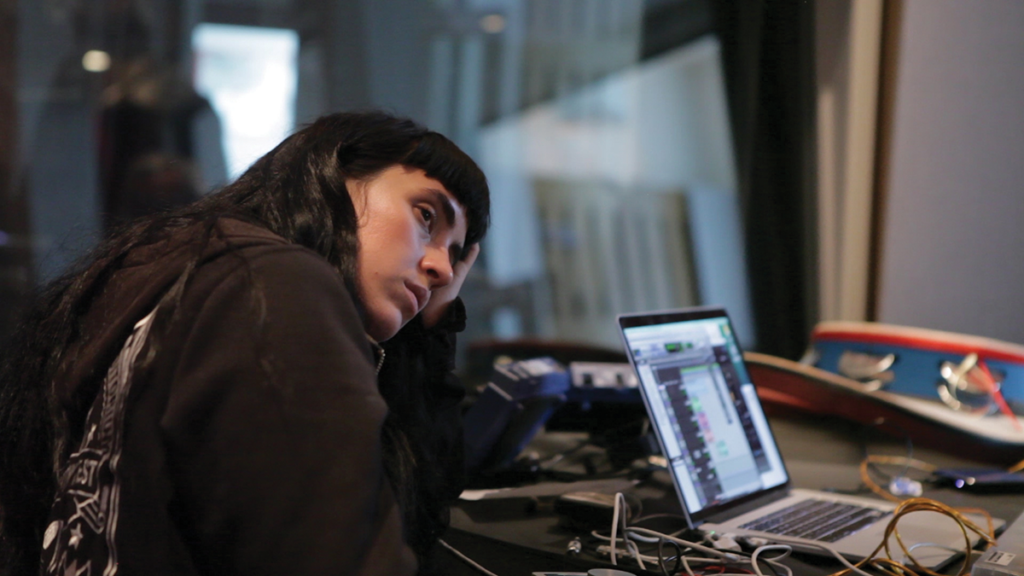
MT: What would you like to see developed in terms of studio technology and why?
Kåre: A Pro Tools rig that never crashes!
MT: So how does it work with the five of you (plus producers) in the studio? How does a track come together?
Trond: For Highasakite, Ingrid makes the demos with the melodies and chords. This time, I got the demos at an early stage and tried to come up with drum parts, just to have something to build on when we started working in the studio.
Actually, a lot of the demo parts were used on the record. It’s strange, but very often, the first idea is the best.
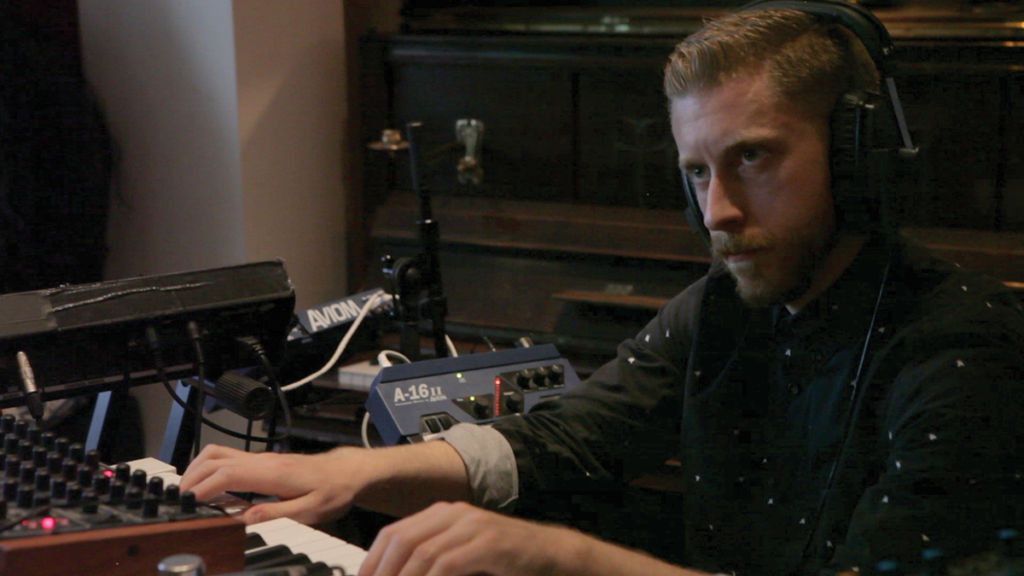
Kristoffer: Yes, Ingrid writes the basics of the songs like melodies and lyrics, and she brings the demos to us as band. For both Silent Treatment and Camp Echo, most of the arranging has been done together with Kåre, either in the studio or at his farm outside of Oslo.
It’s been fun working on the Camp Echo album, because we’ve been touring so much and talked so much about music that inspires us, so when we finally got to the studio, we had a lot of the same references.
High On Advice
MusicTech: You must have picked up some experience working in the music industry over the last few years. Any advice you can pass on?
Kåre: Follow the vision you believe in, not the one everyone else is talking about or that is the current hype. Having too many references will make you lose focus and end up with something that has nothing genuine to say.
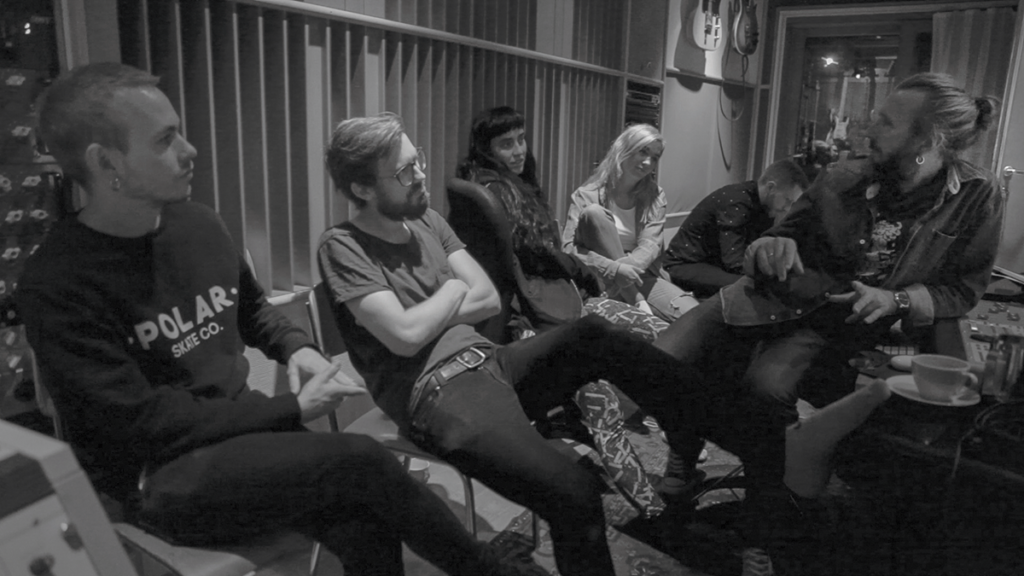
MT: And what about your advice for working in the studio?
Kåre: A big part of being a producer is to get to know the artist. In order for them to deliver something unique, she or he has to relax and be able to focus only on the music. It’s all about creating a vibe and a space that inspires artist to perform their best; whether it be candlelight, good tea, Persian rugs or film projection on the studio walls – whatever it takes.
Everybody that works here in Propeller is aware of this and contributes in different ways to this. A relaxed vibe is important, but that’s not to say that I don´t push the artists when necessary. Some artists need to be challenged and some need to be forced out of their comfort zone.
That’s a tightrope I sometimes have to walk, but almost always, the artist appreciates the end result. It’s important to play ball with the client. After all, it’s their album and I don’t wish to dictate anything to anybody.
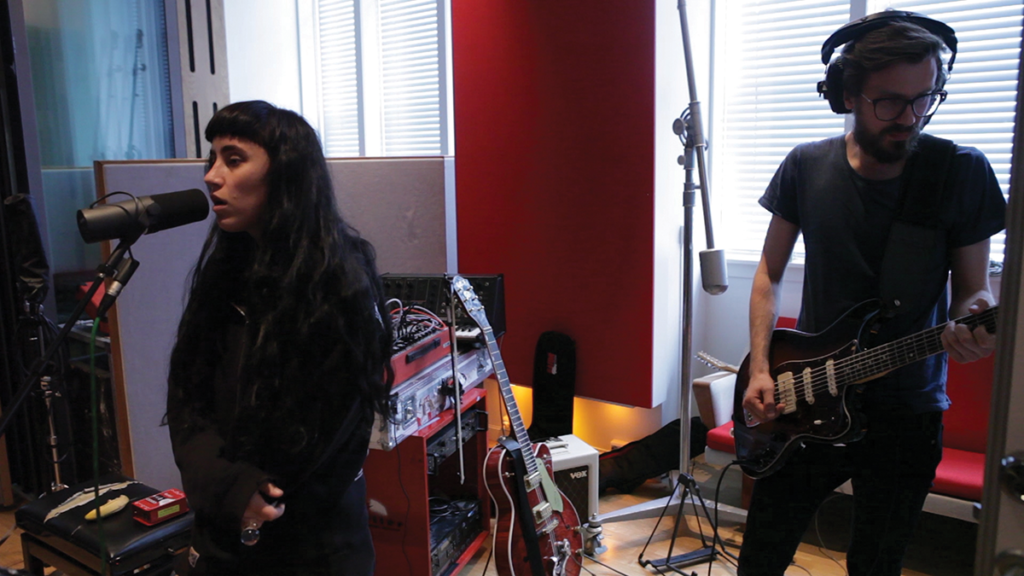
MT: So tell us more about Camp Echo?
Trond: It’s an album about war and terror, and I think that’s something that we can’t ignore in 2016. It’s not a political album, but more a view on the world. We had a lot of songs when we started recording, and used a lot of time to choose the right ones for the album.
I think what’s cool about the album is that it’s electronic, but you’ll still feel it’s a band and not one DJ guy producing it all, like a lot of stuff these days! We have used a lot of fantastic vintage gear from compressors, preamps, vocoders and instruments, mixed together with more modern stuff. We used some Elektron stuff like the Machinedrum and SIDStation. Also the Roland Jupiter-8, Roland Juno-60 and Super Jupiter. Even some modular synths… I think the sound of the album is timeless, it could have been made in the 80s and in 2016.
MT: What is next for Highasakite?
Kristoffer: Hopefully, things will get busy. We’re starting off the release tour for Camp Echo in the UK, playing Brighton, London and Manchester, and Dublin and Amsterdam. Then there’s summer festivals, which are always fun. We’re doing Roskilde festival in Denmark, some festivals in Germany and then five nice festivals here in Norway. And then we’ll see what happens next.
Trond: We��’re rehearsing a lot these days, and in May, we’ll start touring with the new album.
We’re playing some really cool festival headline shows in Norway this summer at Øya, Pstereo, Bergenfest and Parkenfestivalen. We’re also playing Latitude festival, Roskilde and a bunch of other festivals in Europe!
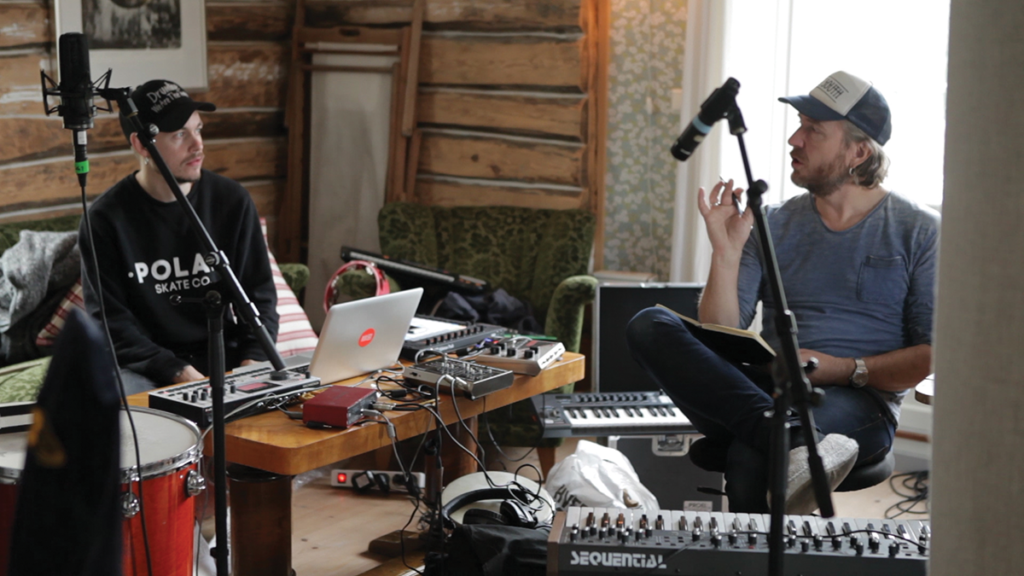
Highasakite’s new album, Camp Echo, is out now on Propeller Recordings – Find out more here